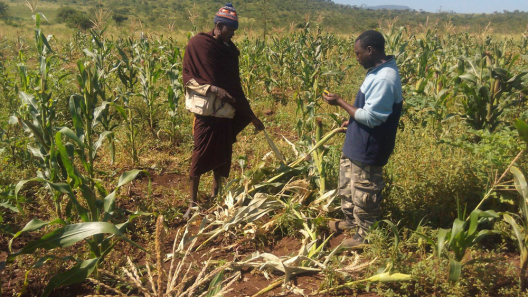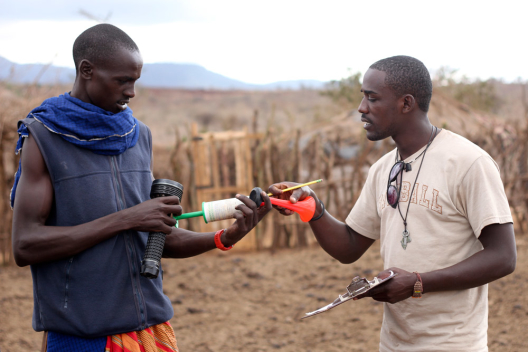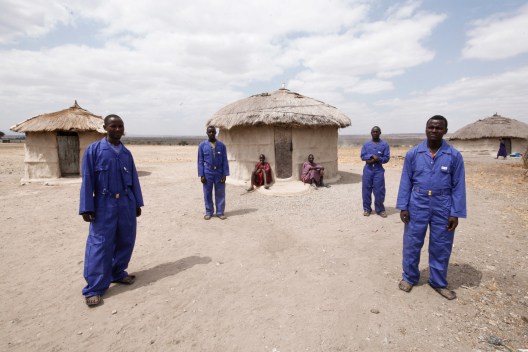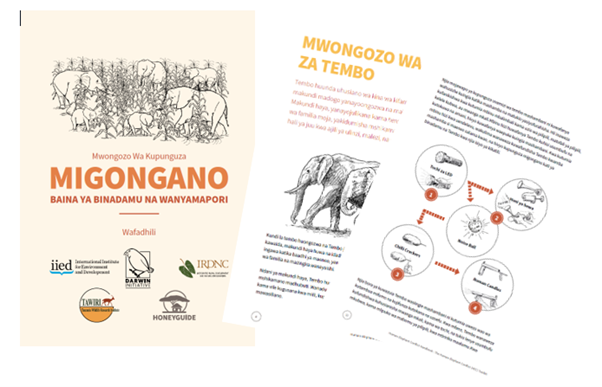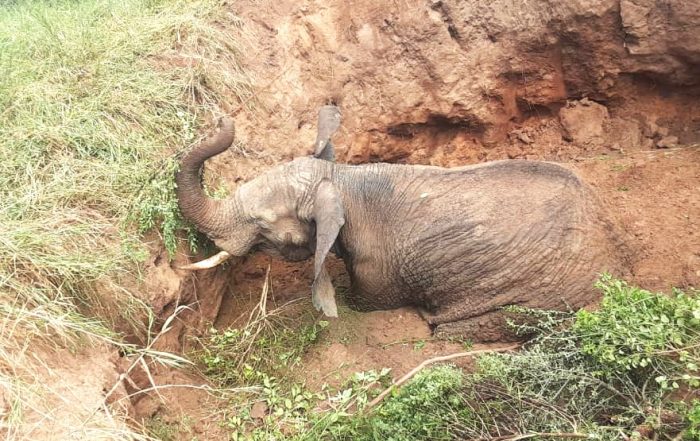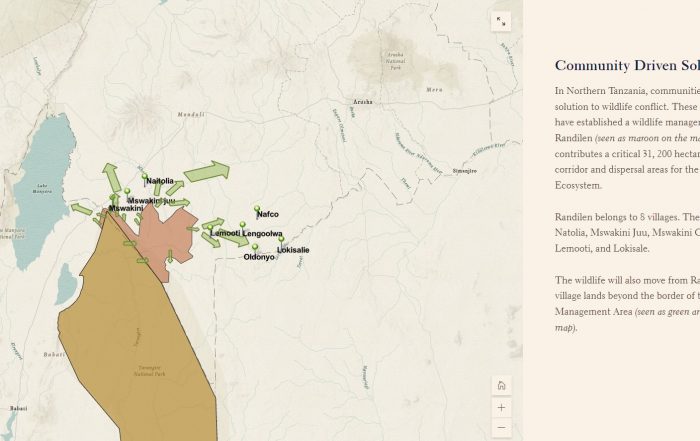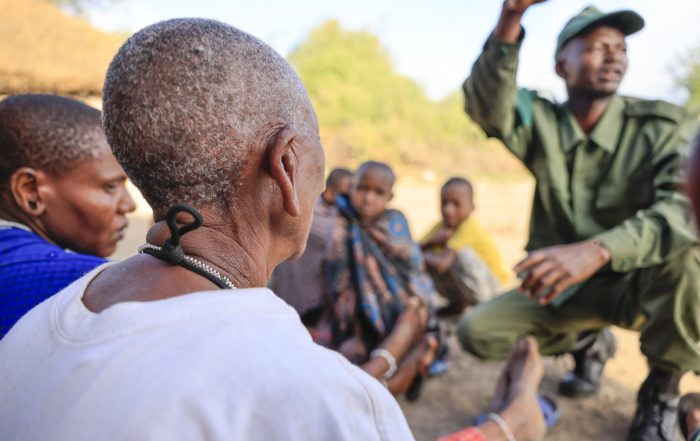Human-Wildlife Conflict Prevention
Human-wildlife conflicts can cause significant economic losses and harden negative attitudes toward wild animals and conservation initiatives. However, if living with wildlife can be switched from a net cost to a net benefit, feelings towards wildlife and conservation can quickly change. Honeyguide implements programs and provides tools that reduce the cost of living with wildlife by reducing human-wildlife conflicts and safely dealing with those which do arise. Once wildlife are seen as contributing to communities’ wellbeing, residents become more actively engaged in community conservation. This leads to a process of mutual trust-building between communities and village game scouts which strengthens local conservation efforts.
Farm Protection
While farming is not allowed within the protected area of Wildlife Management Areas, many residents own farms on the periphery. These farms are generally households’ sole income source, so when wildlife destroy crops or kill livestock, families are severely affected. To reduce the negative effects of living near wildlife, Honeyguide trains teams of village game scouts (VGS) to protect all community resources, including livestock, farms, habitats, and wild animals. Community members are given a dedicated 24/7 phone line they can call for VGS assistance in preventing and ending farm raids by wildlife. Wildlife Management Areas where these measures have been implemented have seen as much as 90 percent reductions in crop destruction, highlighting their effectiveness and their value to communities. These interactions also build positive relationships between VGS and residents, leading to increased local participation in conservation.
“We have saved more crops this year than any other . Farmers and communities become so much more supportive of conservation when you help protect their livelihoods.”
– Loiruk A. Mollel, a Honeyguide HWC field officer
Conflict Toolkit
Frequent human-wildlife conflicts, many times involving elephants, created the need to introduce strategies to reduce both economic losses and retaliatory killings of this endangered species. Working with communities living adjacent to conservation areas, youth volunteers, and wildlife scouts, Honeyguide developed a Human-Elephant Conflict (HEC) Toolkit that uses a sequence of steps to prevent or end farm raids. The toolkit relies upon long-term deterrence strategies, such as chili fences and chili bricks, as well as increasingly confrontational strategies to turn away elephants, from LED flashlights and air horns to chili crackers and Roman candles. With flashlights alone shown to be 70 percent successful at removing elephants from crops and 90 percent effective at turning them around before they reach farmers’ crops, the HEC toolkit enables communities to increasingly prevent human-wildlife conflicts themselves.
Read more about our conflict toolkit on National Geographic.
“Since we started using these kits, no communities have been killed and no elephants, we see the value of these kits…after the crop harvest wildlife can pass over our farms freely”
– Member of Kakoi Songambele Village
Human-Wildlife Conflict Prevention News
A guide on how to get an elephant out of a mud pit
Late one night last week, the Makame Rangers were alerted by a member of the local community about an elephant that was stuck deep in a waterhole. The rangers found a young bull elephant stuck
Story Map of Randilen
The patterns of wildlife that move across the landscapes, how man and wildlife have an interdependence, where man benefits from wildlife, wildlife from man; the exigencies of life in these vast and wild landscapes. Wildlife
Once upon a time there was a buffalo rescue
Where would you like to see wildlife in Africa in thirty or fifty-plus years' time? Will our grandchildren listen to ‘once upon a time’ stories when wildlife roamed the vast plains of Africa or


